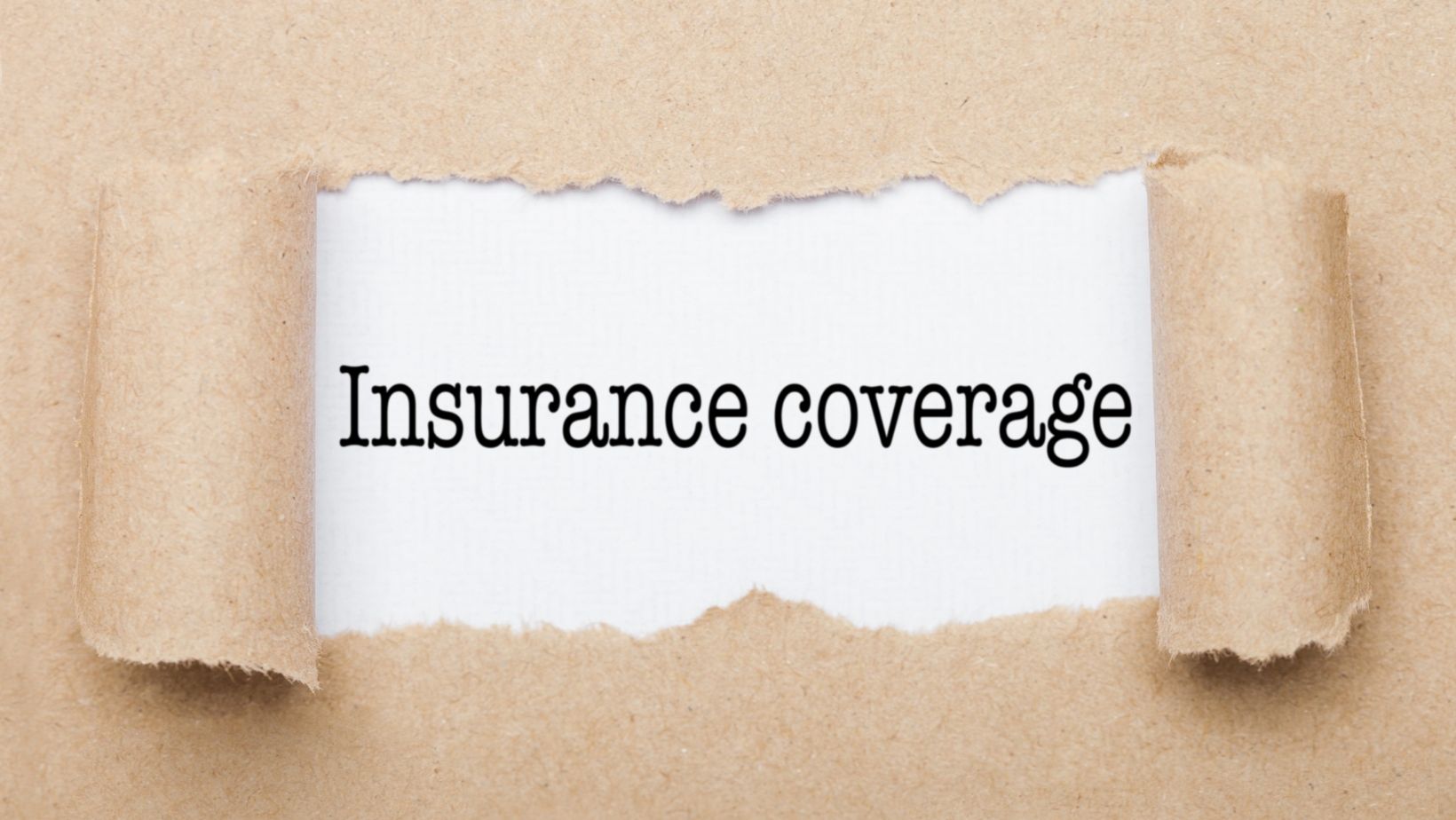3 Things You Should Know About Automobile Coverage

Have you ever given thought to how much we pay for insurance every month and year that passes? We buy insurance for everything: our health, our cars, our homes, and even our lives. The purpose of paying for insurance is to protect ourselves from the unexpected. We may be able to control our actions, but we can’t control the actions of others around us. Therefore, insurance gives us the peace of mind that we will be ready to adjust and handle the aftermath of an accident due to our advanced preparation.

Although many types of insurance are optional, car insurance is mandatory in California, and we are required to carry proof of coverage when we drive. However, what things should you keep in mind when you purchase insurance? I asked Grant R. Zehnder, a seasoned personal injury attorney in Northern California, for the top 3 things you should know about automobile insurance coverage:
1. Does Uninsured/Underinsured (UM/UIM) motorist coverage matter?

In truth, this is one of the most important parts of insurance. UM/UIM coverage protects you and your passengers if an uninsured or underinsured diver causes you harm on the road. Sadly, when drivers and insurance agents attempt to seek the cheapest insurance rates possible, this is one of the coverages that is often reduced or removed from the policy altogether. It would be best if you did not let that happen. At the O’Brien & Zehnder law firm, Mr. Zehnder states, “We recommend obtaining the maximum amount of UM/UIM coverage that you can afford, but in no circumstances should it be less than your liability coverage. Generally, we recommend at least $100,000 in coverage.”
2. What is Medical Payments Coverage, and do you need it?
Medical Payments coverage (or Med-Pay) is no-fault insurance that covers your medical costs after you are hurt in an automobile accident. Grant adds: “For drivers with health insurance, this coverage is useful to cover any out-of-pocket expenses you may incur, such as deductibles or co-pays, as well as any medical treatment that is not covered by your health insurance. For drivers with no health insurance, Med-Pay coverage is even more crucial as it may be the only way to afford the care and treatment you need following an accident.”

3. What would be considered adequate limits of bodily injury liability coverage?
Mr. Zehnder advises: “There is no set amount that constitutes sufficient automobile insurance coverage across-the-board. Whether your coverage limits are adequate depends on several factors, such as your assets and personal wealth, your driving history, age, health, who else is under your policy, and a whole host of other factors. However, the minimum requirements for insurance coverage in the State of California are inadequate to protect you and your family. You should not fall into the trap of obtaining a
minimal policy in an attempt to save a few dollars on premiums.” California law requires that private passenger vehicles have minimum liability coverage of $15,000 for injury or death to one person, $30,000 for the injury or death to more than one person, and $5,000 for damage of property. Practically, this means that if you cause an automobile accident, your insurance company will cover you for these amounts. However, in many cases, an injured party’s damages can be far in excess of these amounts.
I hope Mr. Grant Zehnder’s advice helps give some clarity to at least one type of insurance required in our lives. I do believe that good auto insurance is worth it in the end. There are too many people who drive a little too careless and are without the basic required insurance. Therefore, knowing I pay for coverage to protect me and my own – allows me to leave my home daily with a little peace of mind on that matter!



